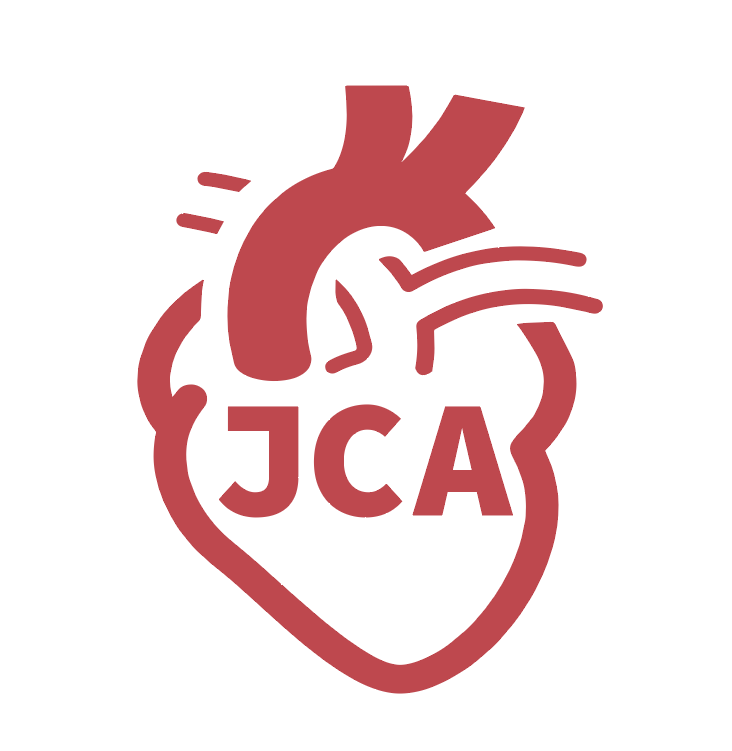fig4

Figure 4. Increased BAT Cell Numbers and Increased Exercise Capacity in RGS14 KO Mice. RGS14 KO mice exhibited smaller brown adipocytes (A and B), and an increased number of brown adipocytes (A and C) than WT control mice. RGS14 KO mice ran longer distances (D) with increased work to exhaustion (E) compared to WT littermates. BAT transplantation from RGS14 KO mice to WT mice led to a reversal of phenotype, such that RGS14 KO BAT recipients exhibited improved running distance (F) and greater work to exhaustion (G) compared to RGS14 KO BAT donors, at 3 days after RGS14 KO BAT transplantation. In contrast, there was no improvement in running distance and work to exhaustion at 3 days after transplantation of BAT from C57BL6/J WT mice to other C57BL6/J WT mice (H and I). It required 8 weeks to achieve enhanced running distance and work to exhaustion in C57BI/6J WT mice with BAT transplantation from other C57BL6/J WT mice (J and K). Reprinted from Ref.[72].








